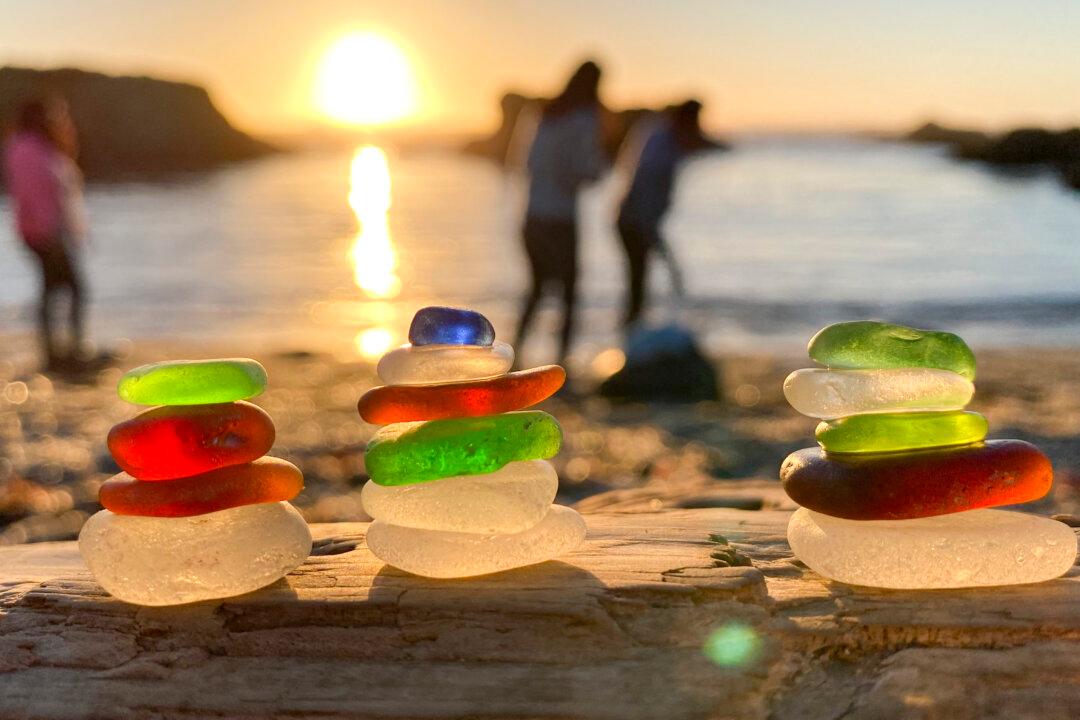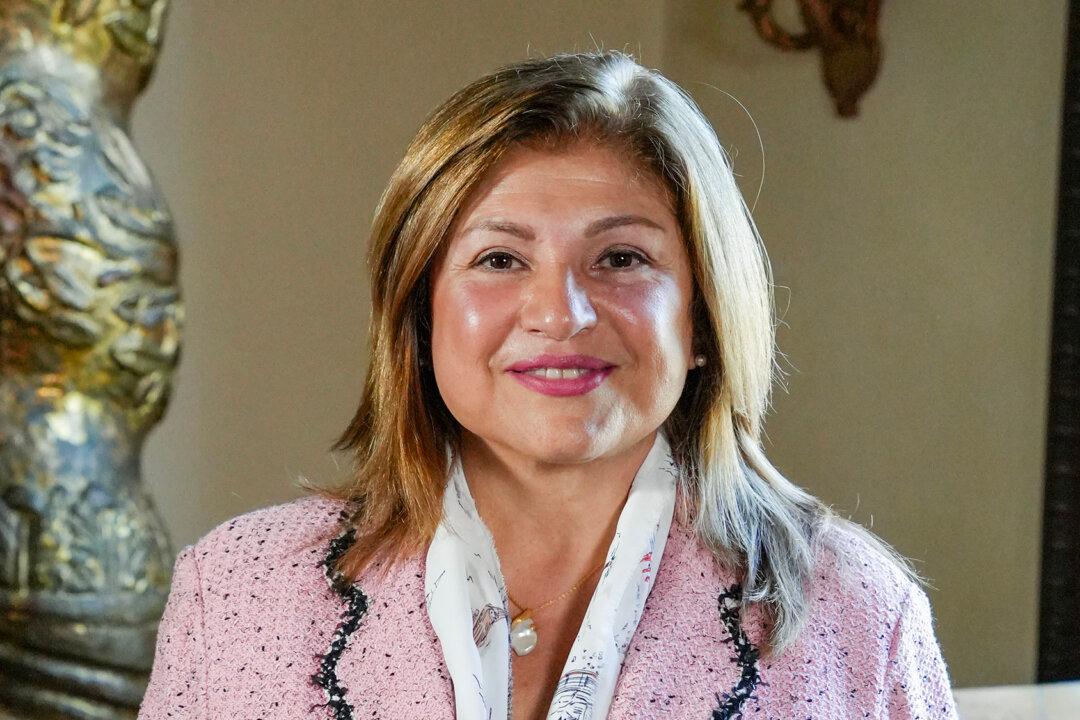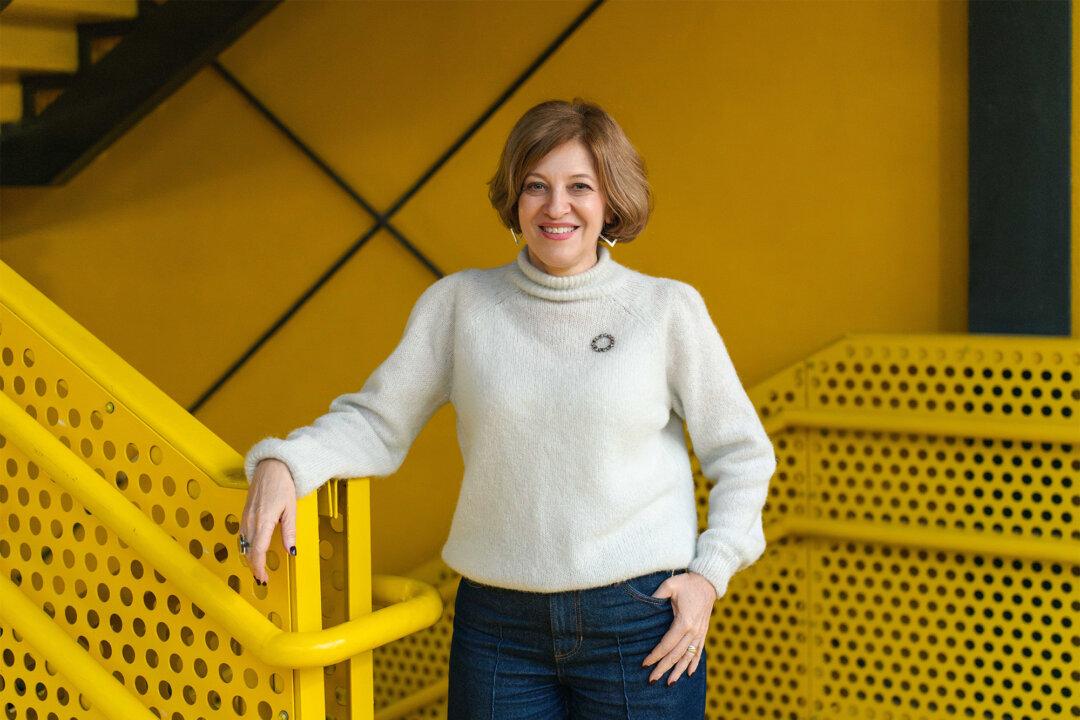FORT BRAGG, Calif.—Millions of smooth glass pebbles blanket the shore near Fort Bragg, giving the famous site its name: Glass Beach. Though the glass pebbles are not quite an all-natural formation, they’ve been drawing tourists for decades.
Joseph Cass Forrington, a former sea captain and owner of the Sea Glass Museum, said it was just considered a local beach when he visited with a friend.





